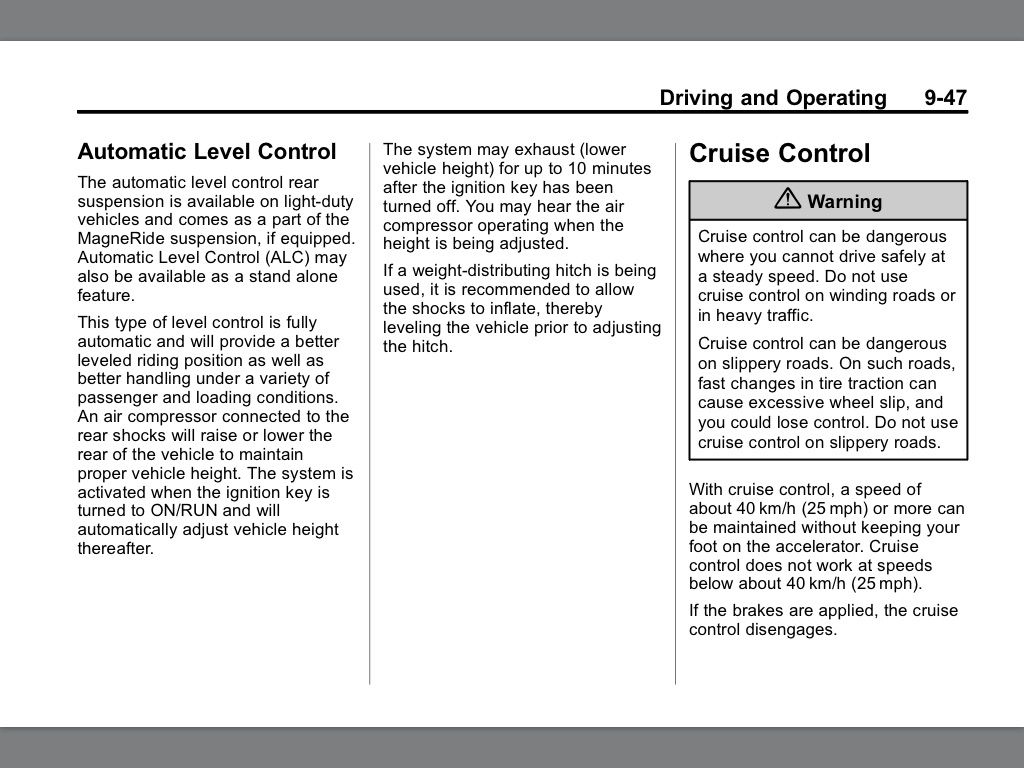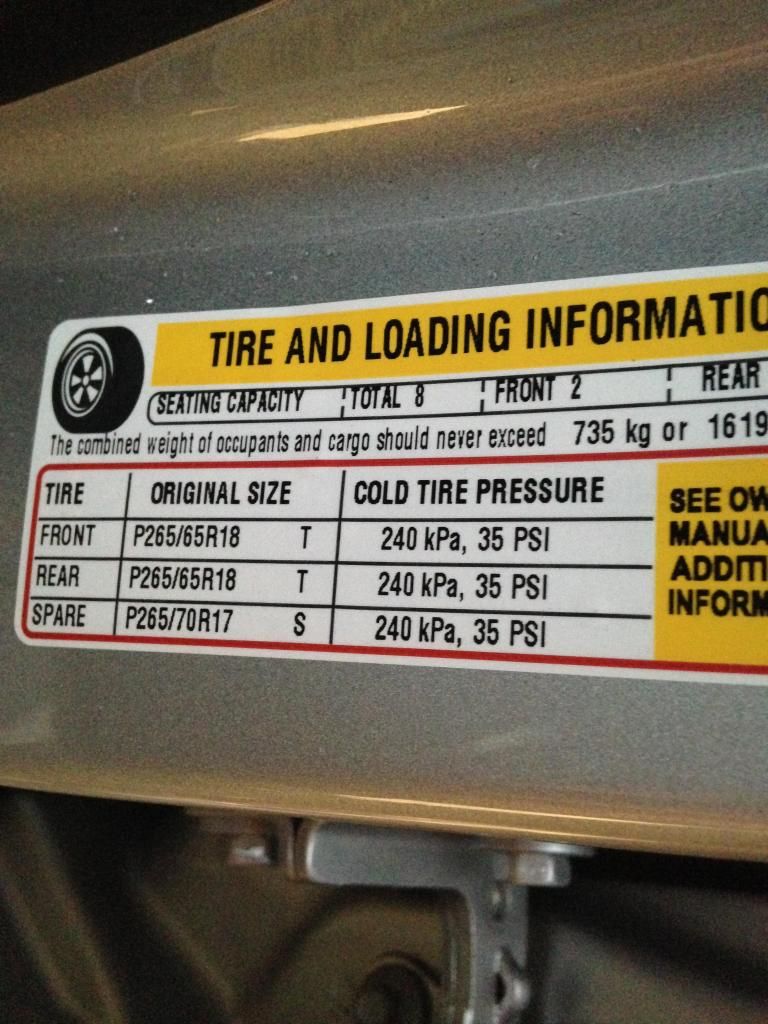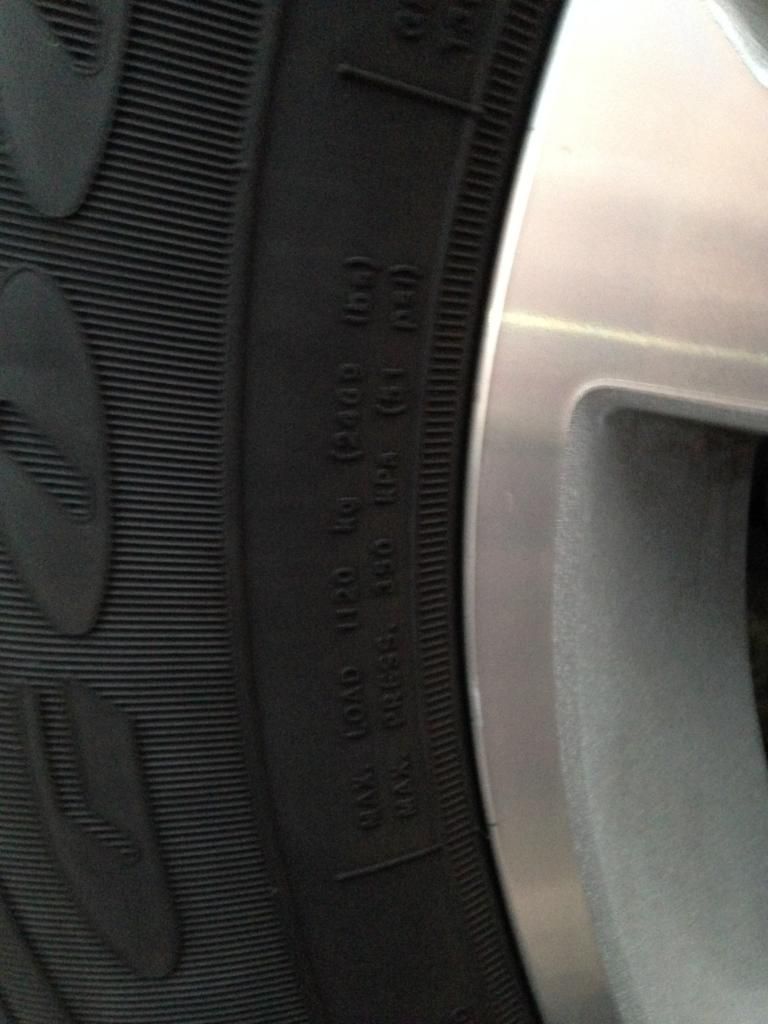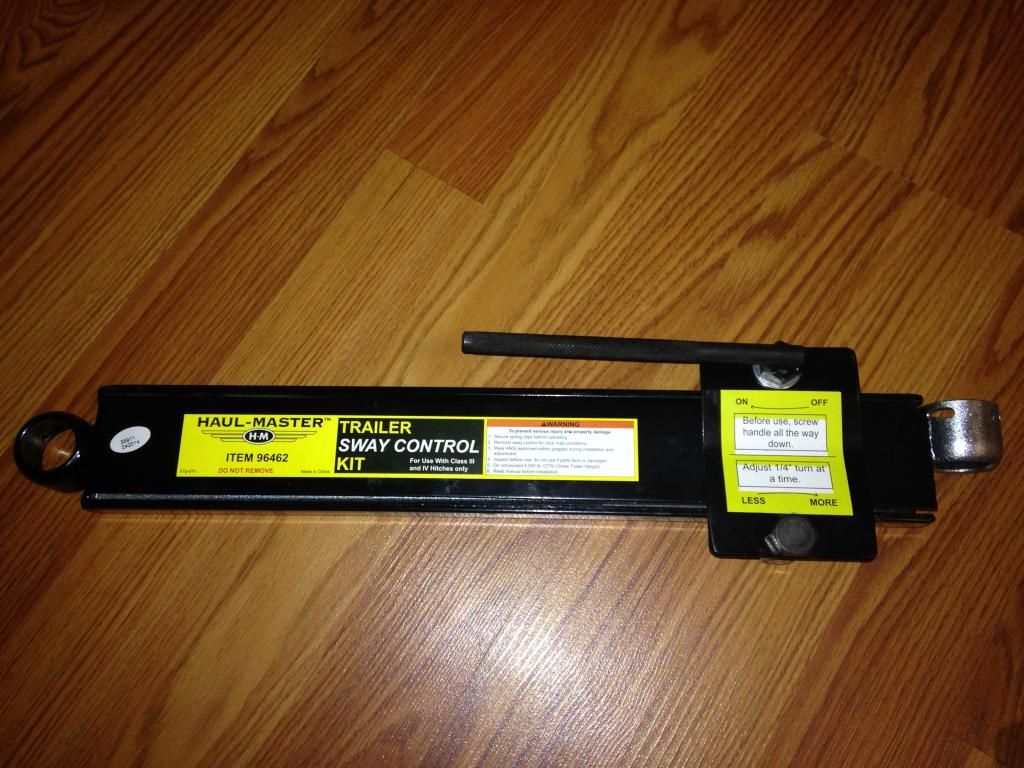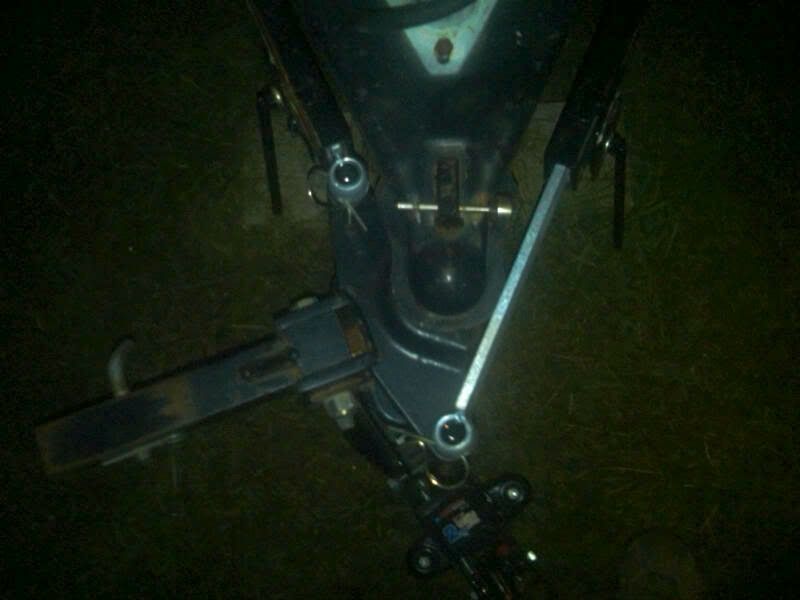kfp673
Apr 20, 2015Explorer II
Best sway control & Yukon towing
Hello All,
I have 2 separate but related questions. Before I jump in, I am within my weight limits and fully understand a heavier truck would tow better than our Yukon. With that said, I have 2 questions.
1- Sway control. What is the absolute best system? Our travel trailer is just over 30' and when I bought it a few years ago I relied on the RV dealer to recommend the hitch equipment. What they gave me was Reese WD system 800b (tongue weight is in the 650 range) and a single friction sway bar. When I am towing at slower speeds through the hills I have no problem, but anything over 50 mph and the sway gets pretty bad. Windy days can get a bit scary. I would like to get the best sway system I can to completely eliminate the sway if possible. I have played with the WD setup to see if I could eliminate sway that way. I thought the tongue weight might be a little light so I dropped down from the 3rd chain link to the second to see if that helped. Not sure if it helped the sway because it made handling pretty bad so I quickly put it back.
2- We have a new 2015 Yukon. I used to tow with a 1/2 ton Ram so similar capabilities (obviously less payload). However... the new Yukon has an auto leveling rear air suspension. It is pretty cool in that any load added and the compressor kicks on and levels the rear. My question is when should I set the WD bars. Should I drop the hitch on the ball, allow the air ride to level, and then set WD bars? or turn the truck off and set WD bars, then allow air ride to adjust? Or does it matter at all?
The big issue here is the sway control. Is what I have as good as it gets? should I add a second friction bar? better systems? Thanks for your help!
I have 2 separate but related questions. Before I jump in, I am within my weight limits and fully understand a heavier truck would tow better than our Yukon. With that said, I have 2 questions.
1- Sway control. What is the absolute best system? Our travel trailer is just over 30' and when I bought it a few years ago I relied on the RV dealer to recommend the hitch equipment. What they gave me was Reese WD system 800b (tongue weight is in the 650 range) and a single friction sway bar. When I am towing at slower speeds through the hills I have no problem, but anything over 50 mph and the sway gets pretty bad. Windy days can get a bit scary. I would like to get the best sway system I can to completely eliminate the sway if possible. I have played with the WD setup to see if I could eliminate sway that way. I thought the tongue weight might be a little light so I dropped down from the 3rd chain link to the second to see if that helped. Not sure if it helped the sway because it made handling pretty bad so I quickly put it back.
2- We have a new 2015 Yukon. I used to tow with a 1/2 ton Ram so similar capabilities (obviously less payload). However... the new Yukon has an auto leveling rear air suspension. It is pretty cool in that any load added and the compressor kicks on and levels the rear. My question is when should I set the WD bars. Should I drop the hitch on the ball, allow the air ride to level, and then set WD bars? or turn the truck off and set WD bars, then allow air ride to adjust? Or does it matter at all?
The big issue here is the sway control. Is what I have as good as it gets? should I add a second friction bar? better systems? Thanks for your help!
